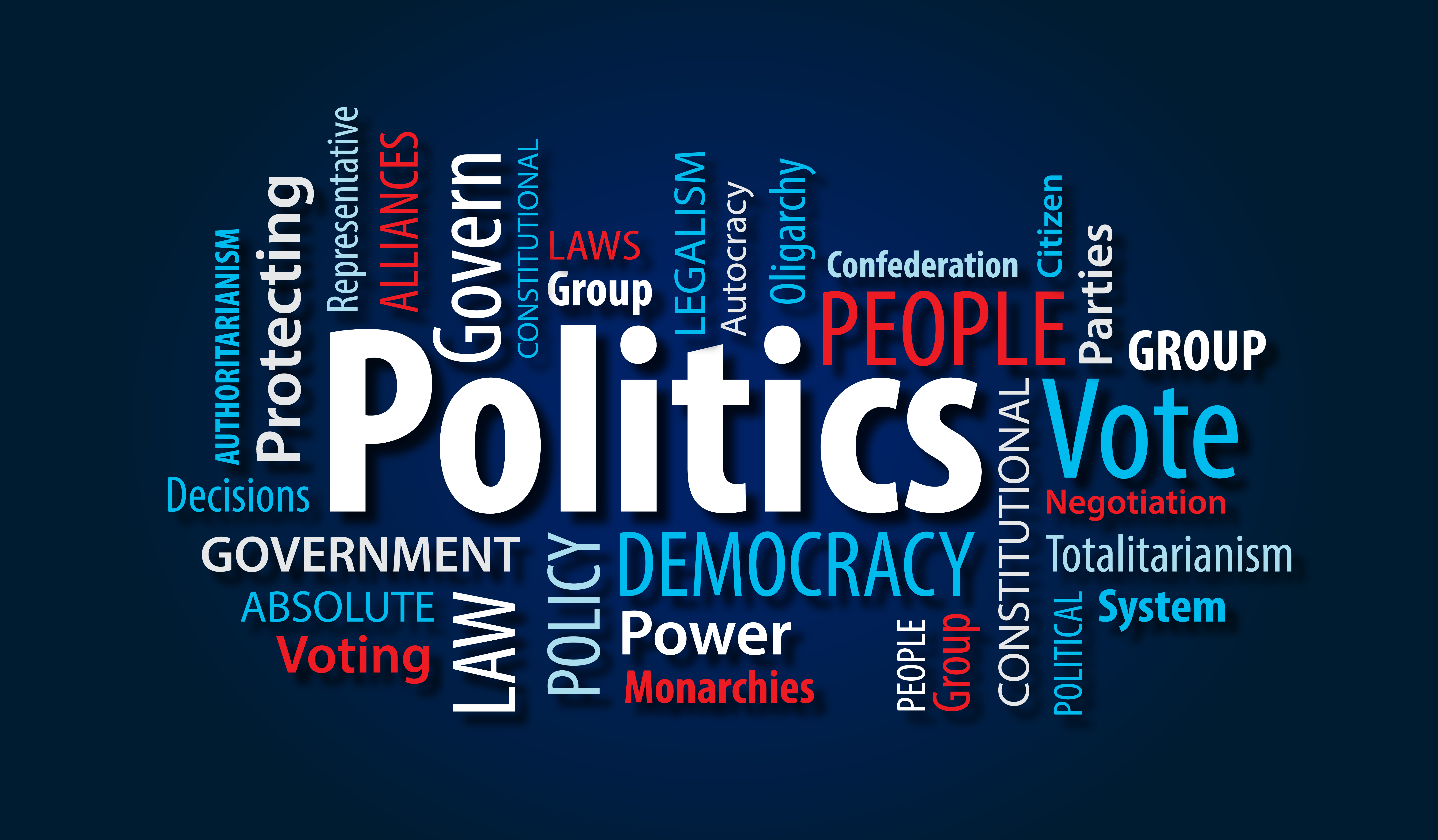In the context of the political arena changes as we approach the crucial 2025 elections, recent polls reveal an intricate and fluid story. With considerable growth of independents, questions arise concerning if we are stepping into a different political era. The dynamics within Washington are changing, prompting debates on who is really making headway and the implications of these developments for the democratic process.
Voter engagement, particularly among the youth, is proving to be a possible turning point, while the consequences of foreign policy shifts and forthcoming decisions from the Supreme Court continue to capture attention. As we delve into the nuances of the current political climate, we will explore topics such as the turbulent impeachment speculations to the impact of new coalitions in Congress. As these issues converge, Americans grapple with pressing questions regarding the importance of political discussions, the role of technology, and the persistent battle against misinformation.
The Rise of the Independents
The environment of American political life is witnessing a major transformation as more voters classify themselves as unaligned, breaking away from traditional party lines. This development indicates a rising dissatisfaction with the two-party system, as many individuals believe their views and values are not properly represented by both major party. Independent voters are increasingly becoming a vital voting bloc, influencing elections and policy choices as they want candidates who align more directly with their personal beliefs rather than rigid party ideology.

The effect of independent voters is already being experienced in elections, where candidates catering to this group often excel their party-affiliated counterparts. In View website , independent voters have expressed a desire for pragmatic solutions to urgent issues, diverging from the polarized positions that have overshadowed political discourse. This transition not only reshapes campaign strategies but also indicates a need for parties to respond to the concerns of a more diverse electorate that desires collaboration over confrontation.
As we move toward the 2025 elections, the emergence of independent voters may herald a new political era. Candidates are likely to alter their communication and strategies to reach this group, emphasizing unity and common ground. The difficulty lies in how effectively both parties can connect to this significant segment of the electorate, as failing to do so could cause unforeseen election results and a reconsideration of political priorities nationwide.
Poll Timer Analysis
As we approach the 2025 election, the landscape of American politics is more dynamic than ever. Voter mood is changing substantially, with the growth of independent voters indicating a move from traditional political party loyalty. This trend suggests a new political landscape where candidates may need to connect to a broader range of voters outside their base. The consequences for electoral strategies will be deep, as political operatives will have to navigate this changing environment to win votes in key contested areas.
The young electorate is surfacing as a potential deciding factor for the next elections. With millennial generations increasingly engaged in politics, candidates must center around policies that appeal with them, such as climate policy and justice issues. This age cohort's enthusiasm, enhanced by online activism, can affect not just the outcome in tight races but may also set the mood for upcoming elections. As they voice their political views, both political parties will have to modify their communication to gain their interest and backing.
In the midst of this shifting electoral environment, enduring issues such as impeachment talks and international relations shake-ups remain in the spotlight. The public's desire for politics drama persists, with rumors swirling about the consequences of continuing investigations into official representatives. Additionally, the effect of international events on domestic policies cannot be overlooked, as voters are keenly mindful of how these matters impact their daily routines. As the countdown to the vote progresses, the dynamic of these factors will be vital in shaping voter opinions and impacting the conclusive count at the polls.
Power Dynamics in Washington
As the political scene changes, movements in authority relations are becoming increasingly evident in the political arena. The emergence of independent voters marks a potential shift away from conventional party affiliations, prompting both major parties to adjust their approaches. With the 2025 election on the approaching, candidates are vying for the support of toss-up voters, recognizing that these persons could very well determine the conclusion in crucial battleground states.
In the halls of Congress, strange partnerships are emerging as legislators seek to maneuver through the challenges of the current political situation. This period of unconventional partnerships has led to surprising coalitions, indicating a departure from strict party divisions. Meanwhile, the leadership struggles within both the Democratic and Republican parties reveal entrenched rifts that could obstruct efficient governance and create additional turmoil.
Furthermore, the impact of lobbying groups and super PACs continues to affect the choices made in D.C.. With considerable resources behind them, these groups are positioning themselves to affect legislation on critical issues such as global warming and health policy. As the political sphere grows more divisive, the dynamics of these key players will be critical in influencing the future of American governance in the coming years.
